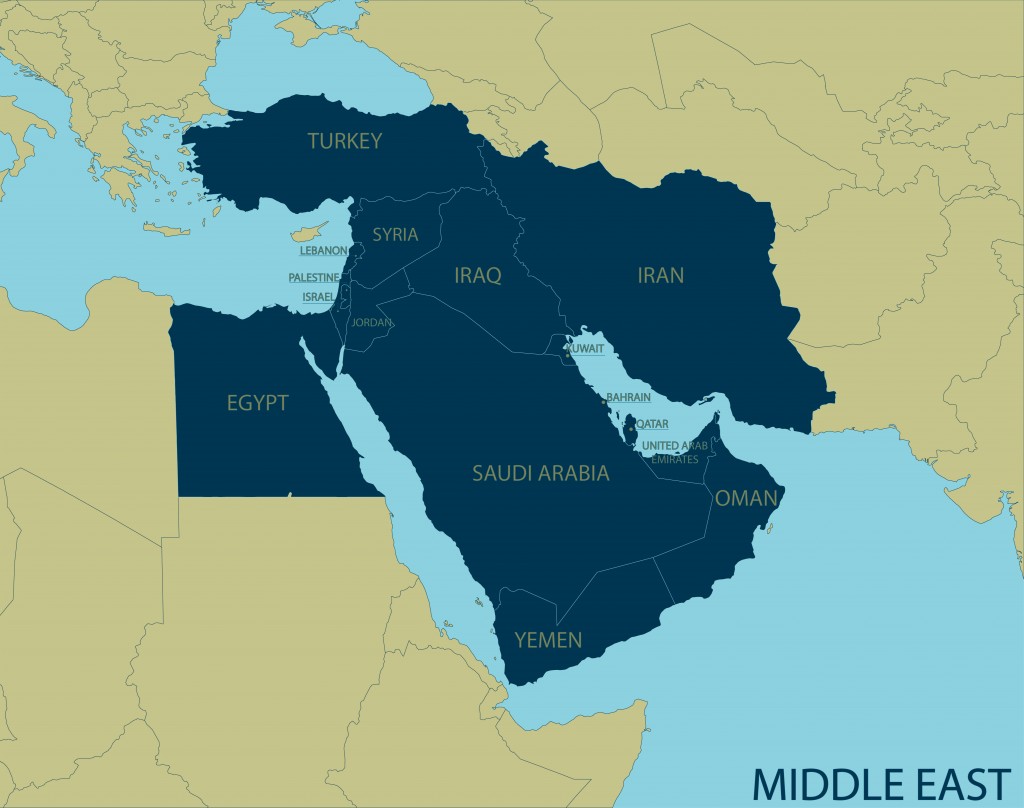Carrier Billing Market Focus – The Middle East
1 July 2020
Carrier billing is already a common method of payment for digital content in the Middle East. In April 2020, the average revenue per paying user (ARPPU) with carrier billing in Middle East and Africa was 14.9 U.S. dollars.
What factors are driving carrier billing growth in the Middle East?
1. Consumer Behaviours
- The MENA region has some of the most penetrated mobile markets in the world : “by the end of 2018, nearly half of the 25 countries in the region had unique subscriber penetration rates of 70% or more”.
- Research from Hootsuite and WeAreSocial found that in 2019, 71% (182 million) of the Middle East population were internet users. Active social media users stand at 53%, while mobile subscriptions stand at 119% vs. population (304.5 million).
- Mobile internet in the MENA region is set to account for 5% of total internet traffic by 2021 (compared to 25.2% in 2016).
- Average data consumption by mobile internet users in the Middle East is 7GB per month, predicted to rise to 19GB a month by 2024.
- Social media networks are also extremely popular in the region and are used to inform buying decisions.
2. Improvements in 5G and Technology Advances
- Research from the GSMA has found that mobile’s contribution in the MENA region will reach just over $220 billion by 2023 with countries benefiting from better productivity and efficiency resulting from increased mobile services.
- The mobile telecom sector is booming with the Middle East witnessing rapid advances in technology, leading to “rapid economic growth, industrial production and the birth of a considerable mobile consumer base.”
- 5G is now available in the Middle East and is driving carrier billing in the region. As of October 2019 5G was live with 10 operators in five GCC Arab States. Mobile operators in these countries strive to be global leaders in 5G deployments and certain governments even see potential for the technology to enable their digital transformation ambitions.
- In 2025 there will be 45 million 5G connections across the region – 6% of total mobile connections.
3. The Impact of the Coronavirus Pandemic on the MENA Mobile Payments Industry
- In 2019, cash on delivery was the leading payment method preferred by online shoppers in countries in the Middle East and Africa such as; Saudi Arabia, Jordan, Egypt, Morocco and Kenya.
- In 2020, the COVID-19 outbreak is changing this perspective, as online shopping platforms and regulators encourage the use of cashless payment.
- The results already show that two-thirds of respondents to an April 2020 survey reported having reduced their use of cash since the outbreak.
4. Consumer Trust and Increased Security
- More users are now purchasing online in developing markets. This can be attributed to the introduction of alternative payment methods, such as wallets and carrier billing, along with increasing security and trust levels.
Opportunities in the Middle East for Carrier Billing
In the Middle East, digital content and streaming are already largely paid for using DCB.
1. Gaming
- Carrier billing is one of the most popular alternative payment methods for digital gaming in the region. With lack of popularity of credit cards in this mobile-first emerging market, carrier billing is an easy payment solution that can be adopted by any mobile user, either on phone or on another connected gaming device.
- Check out our 6 key takeaways from the DGC Games Dubai conference this month, the MENA region’s #1 business event for the gaming industry.
2. Sport
- The Middle East continue to invest in sport to promote health. The influence of international sport is expected to grow in the coming years, with Qatar set to host the 2022 FIFA World Cup and Saudi Arabia’s Vision 2030 featuring sports excellence. Sport is also an appealing pastime for the Middle Eastern population, with over 30% aged between 15 and 29.
- With the growth of TV and internet, the appetite for entertainment has risen across the region. The Middle East are generally more conservative socially and culturally than their Western Counterparts and sport is “certainly much less controversial than much of the entertainment from the music or the film industries and can be freely shown and promoted without repercussions”.
- With all of the above taken into account, sports streaming is certainly a great opportunity for carrier billing in the region.
3. Popular Apps
- The app economy of the Middle East is currently driven by social media apps, on-demand services and gaming apps. More than 80% of users in UAE and Saudi Arabia are downloading Arabic apps with a demand identified for better quality Arabic apps within this sector.
- Social media is popular due to availability of super-fast internet at low prices. 99.98% of the UAE population alone are active social media users and 91.96% are mobile internet users.
- The average daily time spent using social media in UAE stands at 2hrs 57mins and popular platforms include; Youtube, Facebook, Instagram and Twitter, as well as chat Apps; Whatsapp, FB Messenger, Skype, Snapchat, Wechat and TikTok. There are also popular homegrown apps such as Careem, a transportation network cab booking service (similar to Uber) and Souq (the Amazon of the Middle East).
4. Video on Demand
- Subscription video-on-demand is set to more than double in the MENA region between 2018 and 2024, with Digital TV Research predicting 26.51 million SVOD subscriptions by 2024, up from 11.31 million at the end of 2018.
- In the 13 Arabic countries, the top eight platforms are Netflix, Amazon Prime Video, Icflix, Starz Play, Iflix, Wavo, beIN Connect and Shahid Plus – retaining 95% of SVOD subscribers.
- According to the forecast, Netflix is set to gain 4.22 million subscribers in the Arabic-speaking countries by 2024, followed by Starz Play (2.98 million) and Shahid Plus (1.81 million paying subscribers).
The strong demand for digital payment options in the Middle East is evident, created through technological advances and the growing role of smartphones, with momentum building around mobile and app-based payments.
SLA Digital offers direct access to the Middle East market via carrier billing. Contact us today to find out how to connect your content to customers with simple, secure payment experiences.



